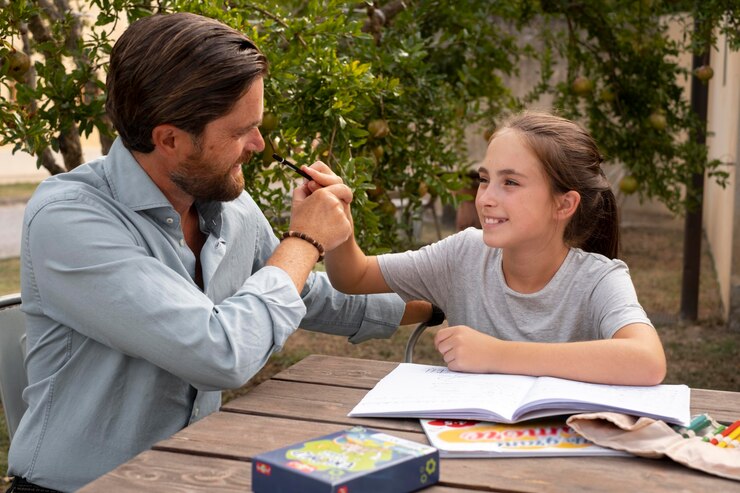
Let’s be honest. When raising a child with autism spectrum disorder (ASD), navigating co-occurring mental health conditions can get overwhelming. Many parents aren’t prepared to confront the challenges of managing autism alongside other conditions such as anxiety, ADHD, or depression.
Understanding these co-occurring conditions can feel like a lot—how do you even begin to address the unique combination of needs your child might have? The good news is that with the right approach and support, progress is possible.
Research has shown that early and targeted intervention improves outcomes significantly for children with ASD and co-occurring conditions. Studies indicate that children who receive early intervention demonstrate not only improvement in ASD symptoms but also increased adaptive functioning in other areas of health and development (National Institutes of Health).
And with evidence-based strategies like Applied Behavior Analysis (ABA), countless families have seen real improvements, not only with autism but also in managing related mental health challenges.
Imagine your child feeling more comfortable, more confident, and better equipped to handle daily situations—isn’t that amazing?
The Link Between Autism and Co-occurring Mental Health Conditions
Recent studies show that up to 70% of children with ASD experience at least one mental health condition, and 40% experience two or more. Anxiety, ADHD, and depression are among the most commonly observed, though OCD and mood disorders are also prevalent.
While the overlap between autism and these conditions can make diagnosis and treatment more complex, it also opens doors to tailored strategies that address your child’s unique needs.
Now, let’s find out how!
Understanding Co-occurring Conditions in ASD: Key Insights and Effective Strategies
The term ‘co-occurring conditions’ refers to when two or more mental health disorders or developmental conditions happen simultaneously. For parents, it’s crucial to understand that symptoms of autism, such as social challenges, sensory sensitivities, and communication difficulties, can intersect with other conditions, creating unique manifestations that require specialized support.
Here are some of the most common mental health conditions seen alongside ASD:
Anxiety Disorders: Many children with ASD experience heightened anxiety, which can show up in various forms, like social anxiety, separation anxiety, or general worry. Imagine your child avoiding group activities or clinging to you before school. It’s not just shyness—it’s an overwhelming fear of certain situations, and it’s incredibly common.
In fact, the research shows that about 40% of children with ASD also experience some form of anxiety. For these kids, everyday situations can feel intense, and recognizing these anxieties early can be the first step in helping them feel more comfortable and confident.
Attention-Deficit/Hyperactivity Disorder (ADHD): For some children, ASD can go hand-in-hand with ADHD, affecting about 28-44% of people with autism. However, some studies suggest that the co-occurrence rate may be as high as 70%. ADHD symptoms like impulsivity, trouble focusing, or hyperactivity can add another layer of challenge.
If you find your child struggling to sit still, focus on a task, or manage impulsive actions, these may be signs of ADHD at work. Think about a scenario where your child interrupts conversations or has difficulty waiting their turn—these can make social interactions even tougher for a child with ASD.
Depression: As children with ASD enter adolescence, many become more aware of social differences, which can sometimes lead to depression. The challenges of fitting in and connecting with peers can weigh heavily, especially as they grow older.
A recent study found that individuals with autism spectrum disorder (ASD) are about four times more likely to experience depression compared to the general population when age groups are combined. Imagine your once-curious child losing interest in activities they used to enjoy or seeming withdrawn—these changes can be signs of underlying sadness or low self-esteem, and recognizing them early can help you support them.
Obsessive-Compulsive Disorder (OCD): OCD can be particularly tricky to identify in children with ASD, as it can look similar to the repetitive behaviors common with autism. However, with OCD, children may experience intrusive thoughts and feel compelled to perform specific actions to relieve their anxiety.
For instance, a child might feel they must wash their hands repeatedly to feel safe or rearrange objects until they feel just right. This need to perform rituals can interfere significantly with daily life, and distinguishing OCD from typical repetitive behaviors in ASD can help find the right strategies for support.
In essence, each of these conditions presents unique challenges, and understanding how they interact with autism is key to helping your child navigate them successfully.
How ABA Therapy Helps Address Co-occurring Conditions
ABA, or Applied Behavior Analysis, is a powerful and evidence-based approach widely recommended for ASD. While often recognized for its success in improving communication, social skills, and adaptive behaviors, ABA can also help with co-occurring conditions by providing structured and individualized support.
Here’s how ABA benefits children with ASD and co-occurring conditions:
Behavioral Management: ABA equips children with strategies to cope with anxiety, ADHD, and OCD. For example, if a child struggles with anxiety, ABA can help with calming techniques and structured responses to challenging situations.
Improved Social Skills: ABA can also address the social challenges common to both autism and ADHD, offering structured learning opportunities for social interaction, attention control, and flexibility.
Adaptive Strategies: Children learn functional skills, like organization and emotional regulation, that assist in managing symptoms of depression and anxiety. These coping mechanisms encourage positive self-expression and prevent escalation during challenging situations.
Early intervention in co-occurring conditions is vital. Research shows that children who receive ABA therapy early in life exhibit more improvement in symptoms and higher adaptive functioning, creating a positive trajectory for the future (Source).
How Can I Support My Child with ASD and Co-occurring Mental Health Conditions?
Parenting a child with ASD and co-occurring conditions requires an understanding of both autism and mental health management. Here are some effective strategies:
- Seek Multidisciplinary Care: Taking a holistic approach can make a huge difference for your child. Working with a team of specialists—like a pediatrician, psychologist, and ABA therapist—ensures that every aspect of your child’s health and development is covered. Each professional brings a unique perspective, helping to create a well-rounded plan that addresses their specific needs. For example, while a psychologist might help your child develop emotional regulation techniques, an ABA therapist could focus on improving social and communication skills in a structured, supportive way.
- Use Positive Reinforcement: Positive reinforcement is a core principle in ABA therapy, and it’s incredibly effective for building desired behaviors. This can also be applied at home! Celebrate small wins, like your child trying new food, engaging in play with a peer, or using words to express their feelings. For instance, if your child sits calmly at the dinner table, praise them and offer a small reward. These positive moments encourage them to repeat the behavior, helping to reinforce growth and confidence.
- Promote Consistency: Children with ASD often find comfort in routines. Creating a stable daily schedule with predictable activities can ease their anxiety and help them feel secure. Think about how your child might feel if every day starts with breakfast, followed by a favorite activity before school. That predictable routine gives them a sense of control and can prevent meltdowns or overwhelm when transitioning between activities.
- Educate Yourself and Build Support Networks: Knowledge truly is empowering. By understanding your child’s specific symptoms, triggers, and effective strategies, you become a stronger advocate for them. Connecting with other parents through autism support groups or organizations can be especially helpful—they provide resources, advice, and a sense of community that reminds you you’re not alone in this journey.
- Incorporate Self-care and Emotional Regulation Tools: Teaching self-soothing strategies, such as deep breathing, mindfulness, or physical exercise, can help your child manage anxiety or impulsivity. For example, practicing a simple breathing exercise together can give your child a tool to use when they feel overwhelmed. These tools not only offer a sense of calm but also empower them with skills for self-regulation over time.
Managing ASD and co-occurring conditions is challenging, but you don’t have to face it alone. At Early Autism Ventures (EAV), we are here to provide the support, expertise, and resources you need to help your child thrive. If you’re ready to start a journey toward positive growth, resilience, and lifelong learning, reach out to us today!
At Early Autism Ventures (EAV), we understand the complexities of managing ASD alongside other mental health conditions. We offer ABA therapy customized to your child’s needs, focusing not only on core ASD symptoms but also on co-occurring mental health conditions.
Schedule a FREE consultation with our experts to discuss how EAV can create a brighter future for your child.




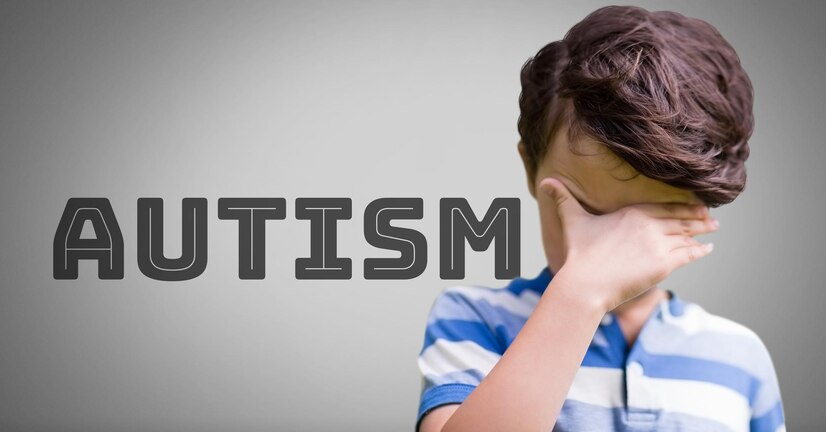


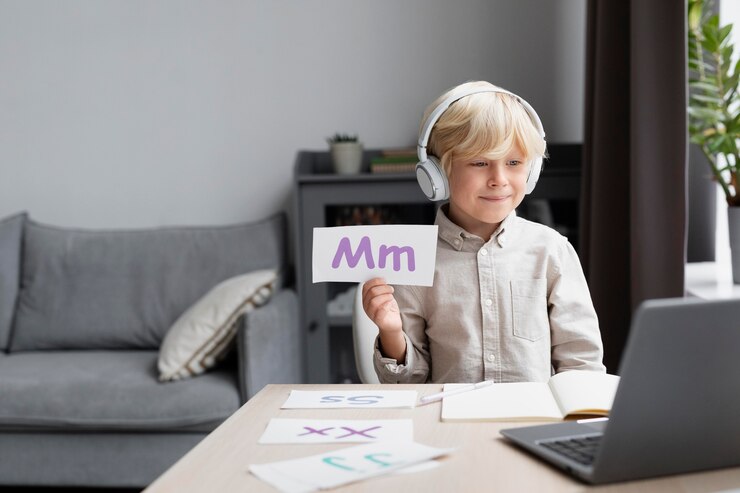





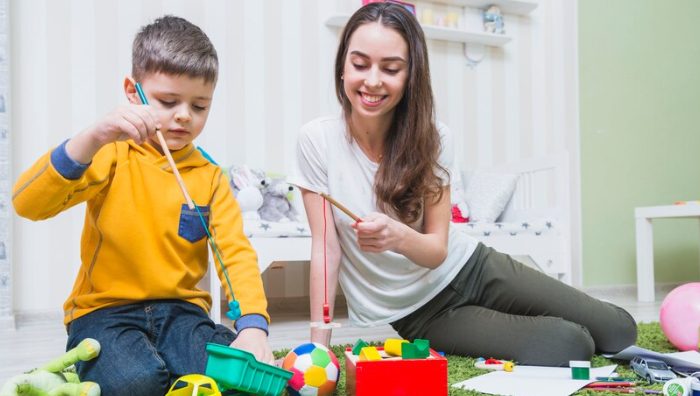


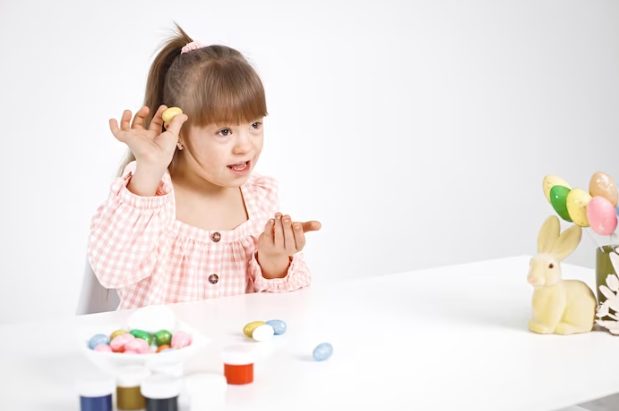













Recent Comments